40 Years of Mazda RX-7
In the 1960s a certain fever spread in the automotive scene: the Wankel fever. Brands such as NSU, Citroën, Mercedes-Benz, MAN, Toyota, Suzuki, Nissan, Ford, Alfa Romeo, Ford and even the military division of Rolls-Royce were interested in this technology and examined in detail more or less. The most lasting effect of fascination could be found at a small Japanese manufacturer called Mazda, which soon presented the 110 S Cosmo Sport as the first production car with a two-disc rotary engine. It was followed by models like R100, R130 and offshoots of some mid-range models with rotary engines, called RX-2, RX-3, RX-4 and RX-5. When these model lines retired in 1978, Mazda debuted the all-new sports car RX-7, which rolled into a time that wasn’t happy about the rotary engine anymore.Nevertheless the car became a great sales success.
Model generation one, internally calles SA2 or FB and known as the Savanna on some world markets, rolled to the dealers all over the world for the first time in 1978. Especially in the United States it caused great interest with its sporty design, the long-rising bonnet and pop-up headlights in conjunction with a low base price. Similar to Germany, where the RX-7 was offered around 6,000 DM cheaper than a Porsche 924. Customers probably bought it mainly despite and not because of its two-disc rotary engine. This initially made 105 PS and 147 newtonmeters of torque. 1981 the car got a light facelift with wider tail lights and a power upgrade to 115 PS and 152 newtonmeters. In total over 471,000 units were created until 1985, making the first generation the best-selling Wankel vehicle in the world. Some examples also stretched their legs in motorsports, for example with a victory in the 24 Hours of Spa-Francorchamps, in the BTCC or in the North American IMSA series, where it scored 100 victories in 12 years.
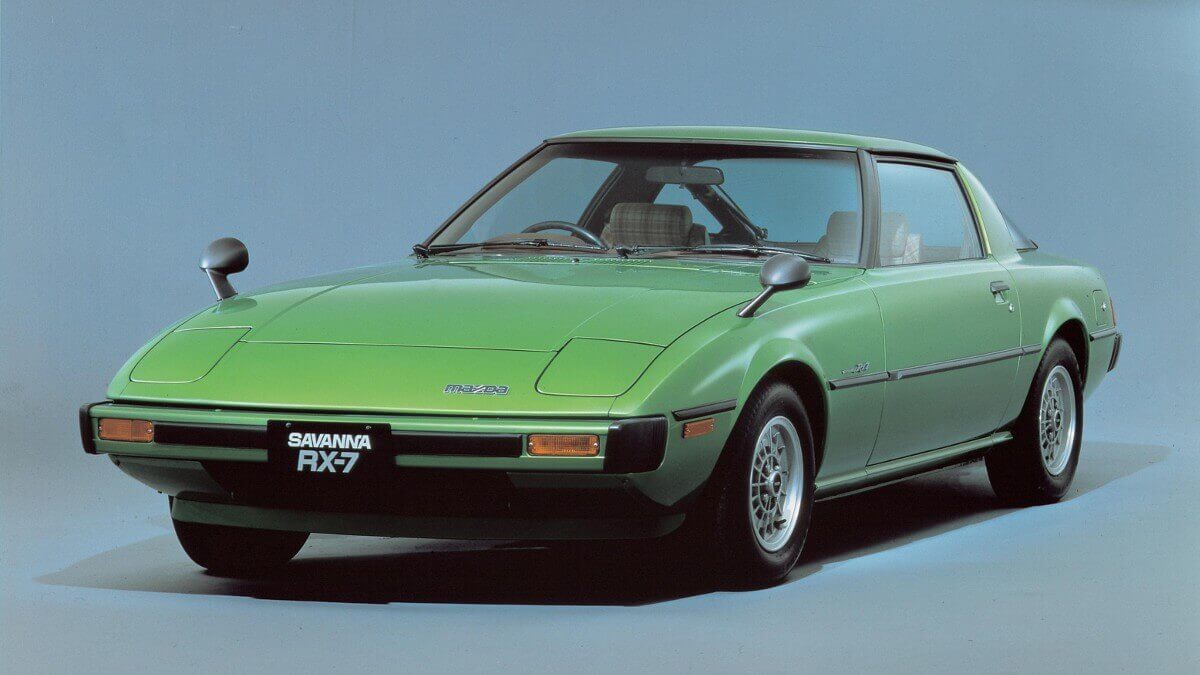



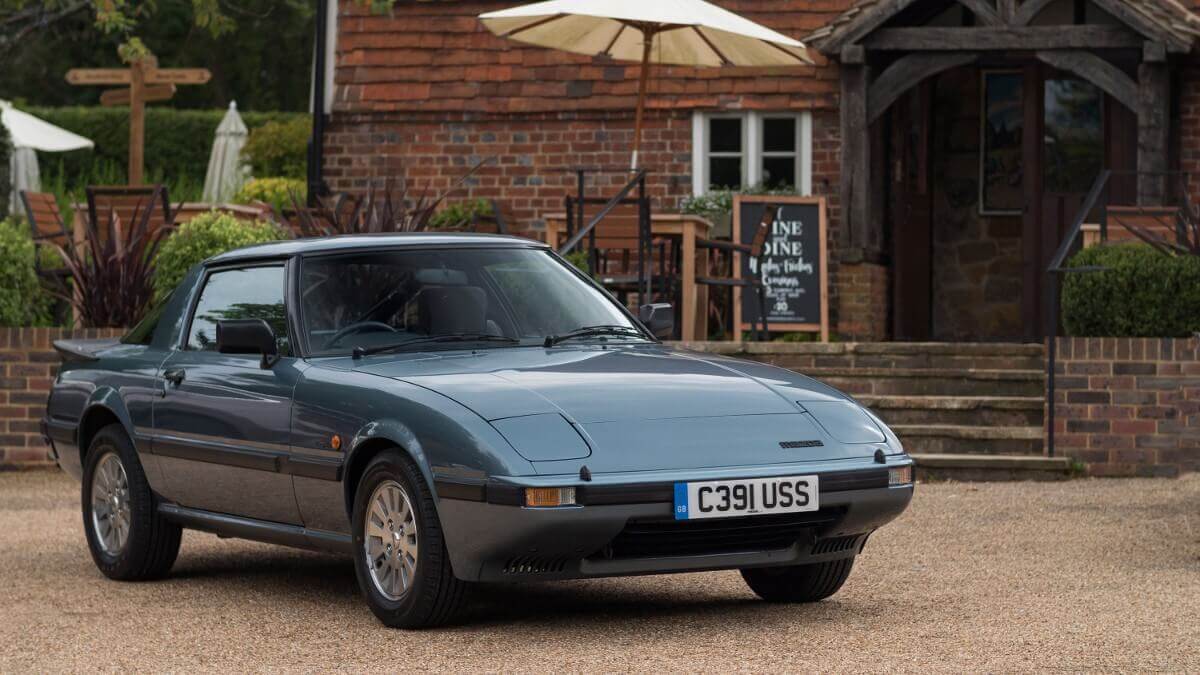



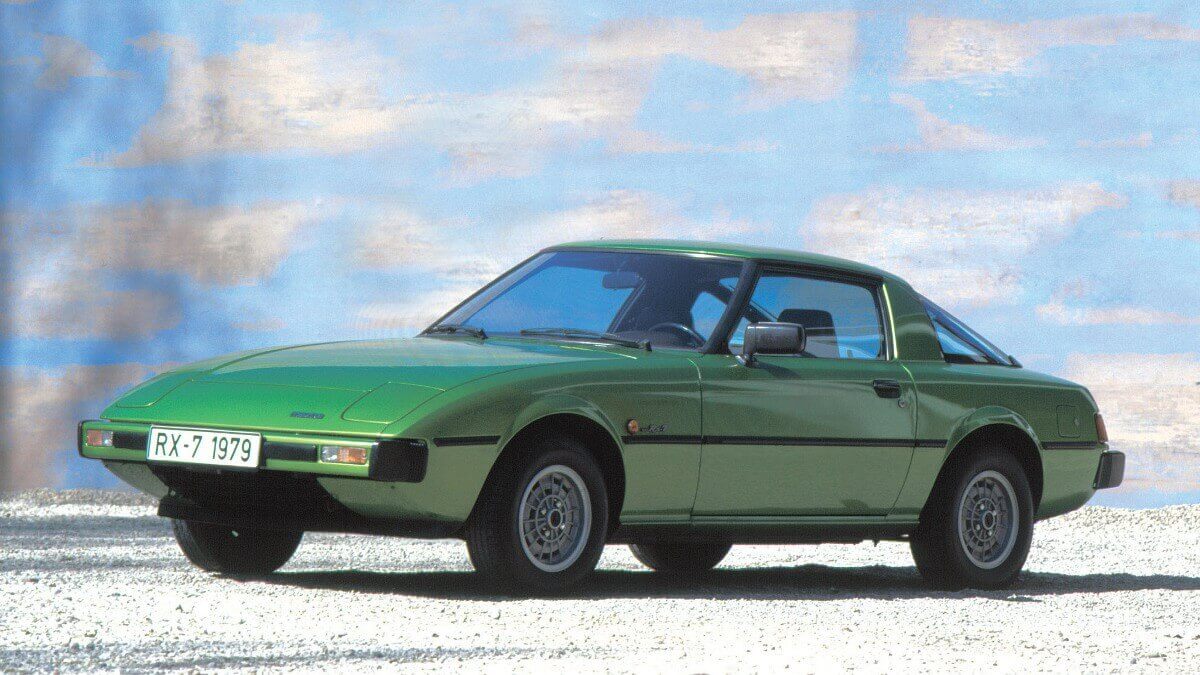



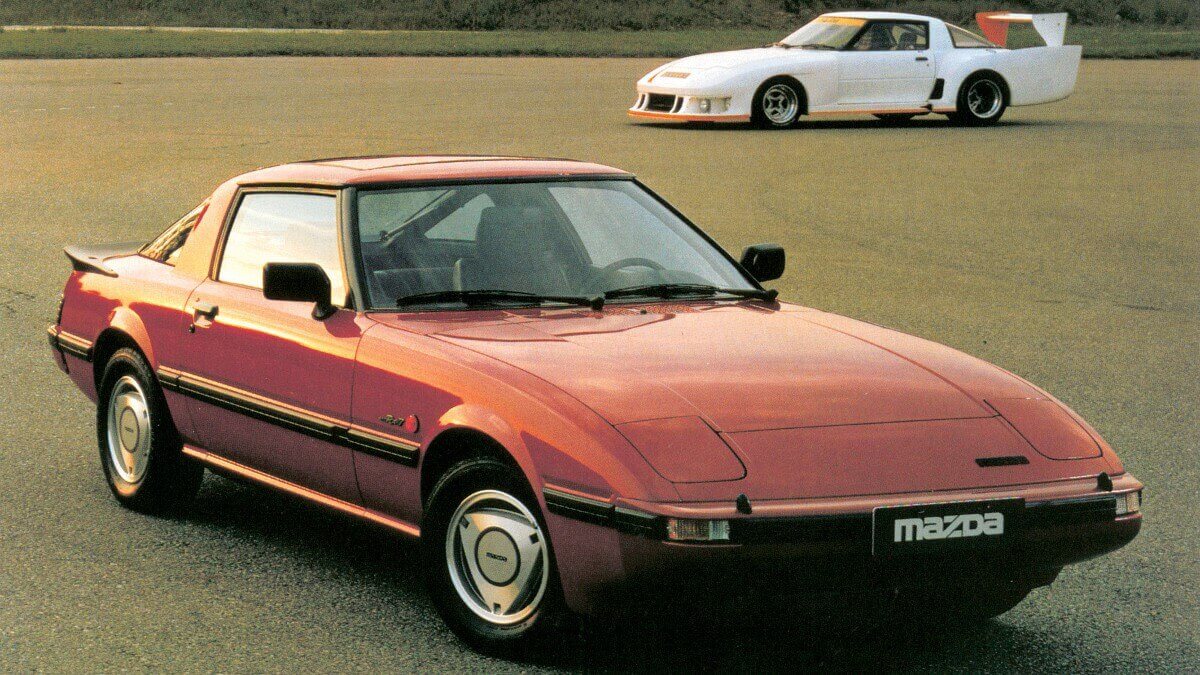



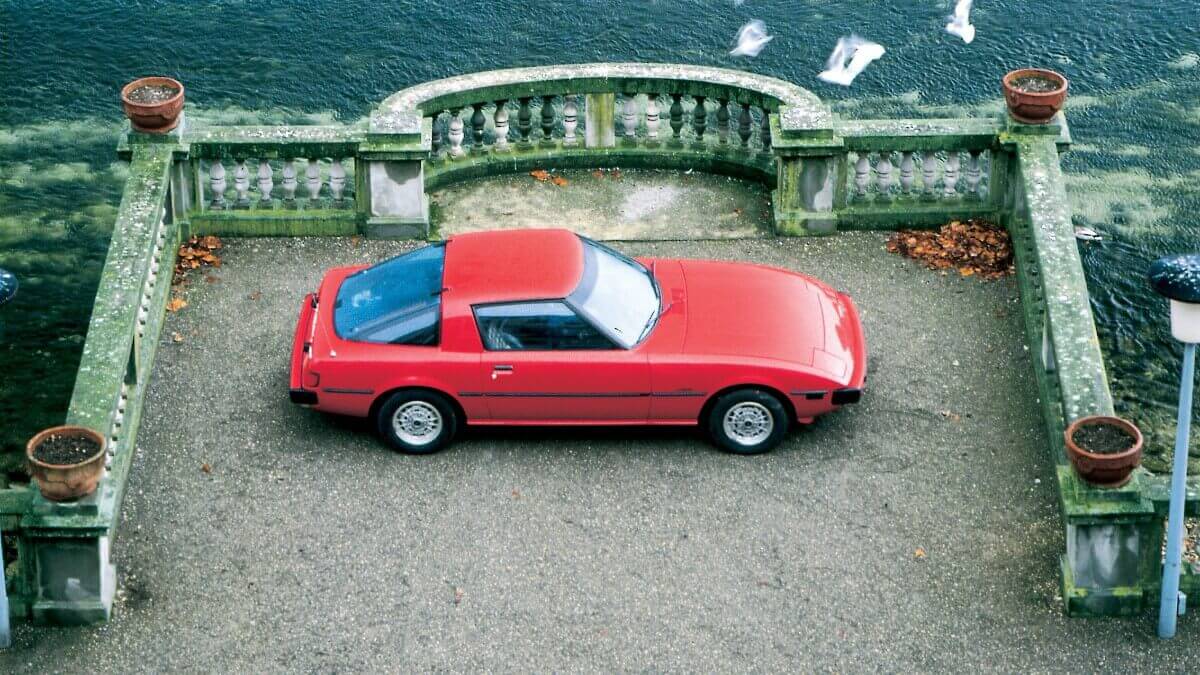



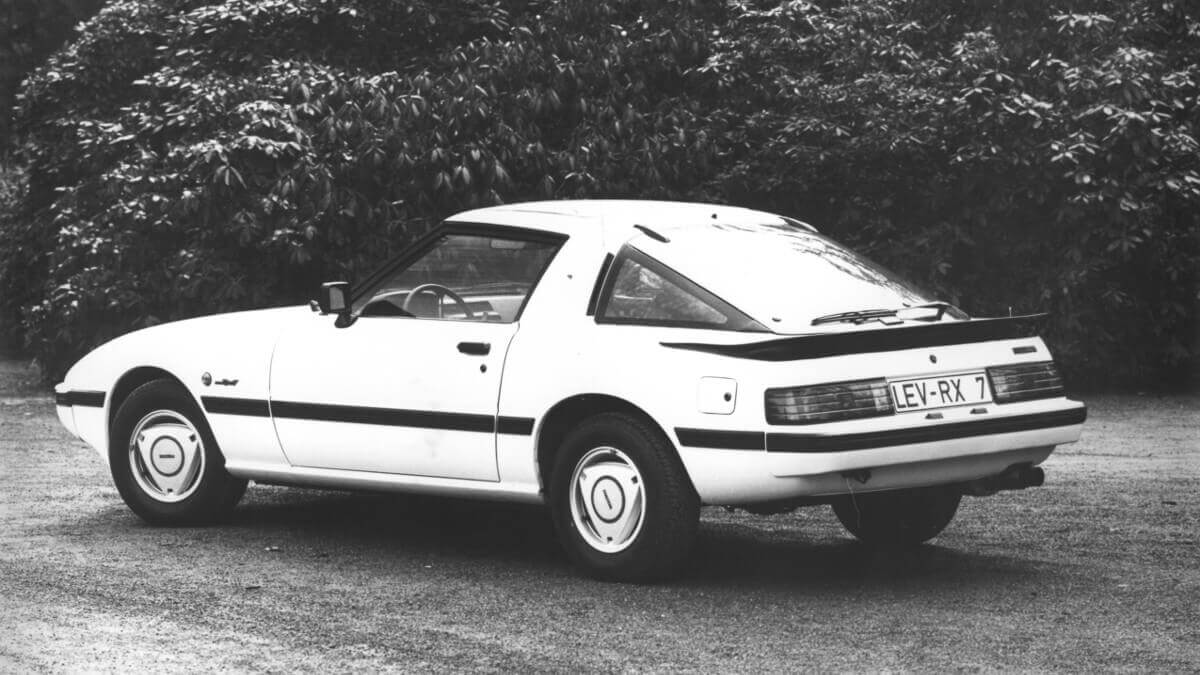



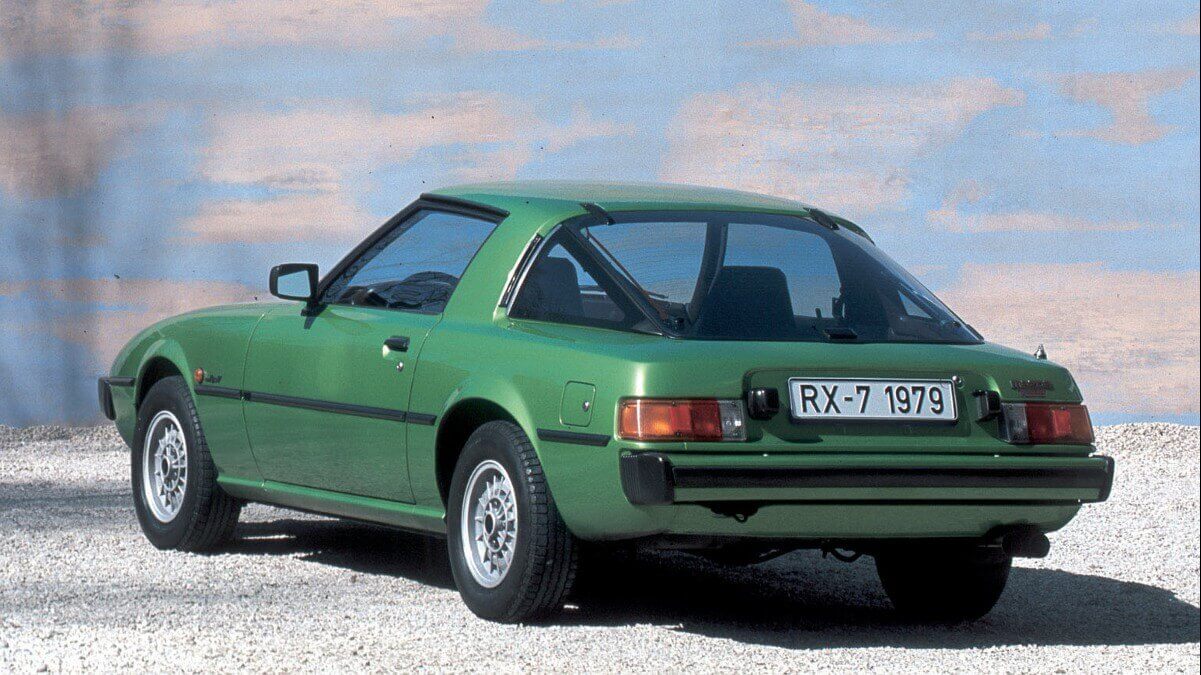



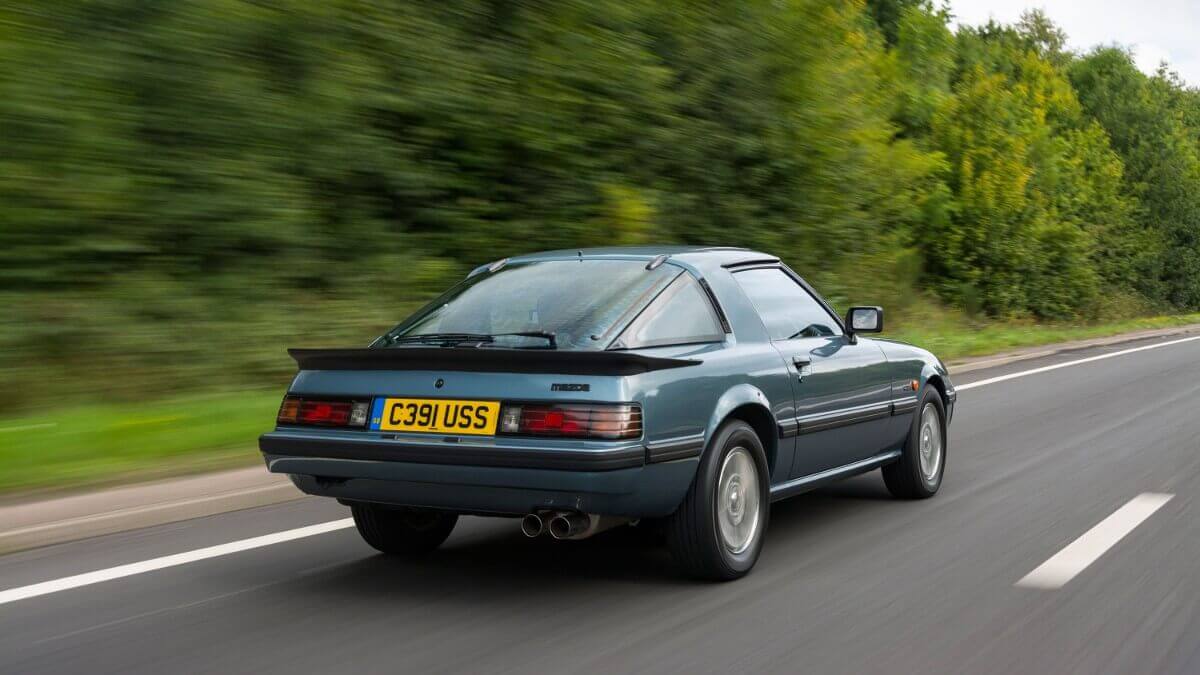



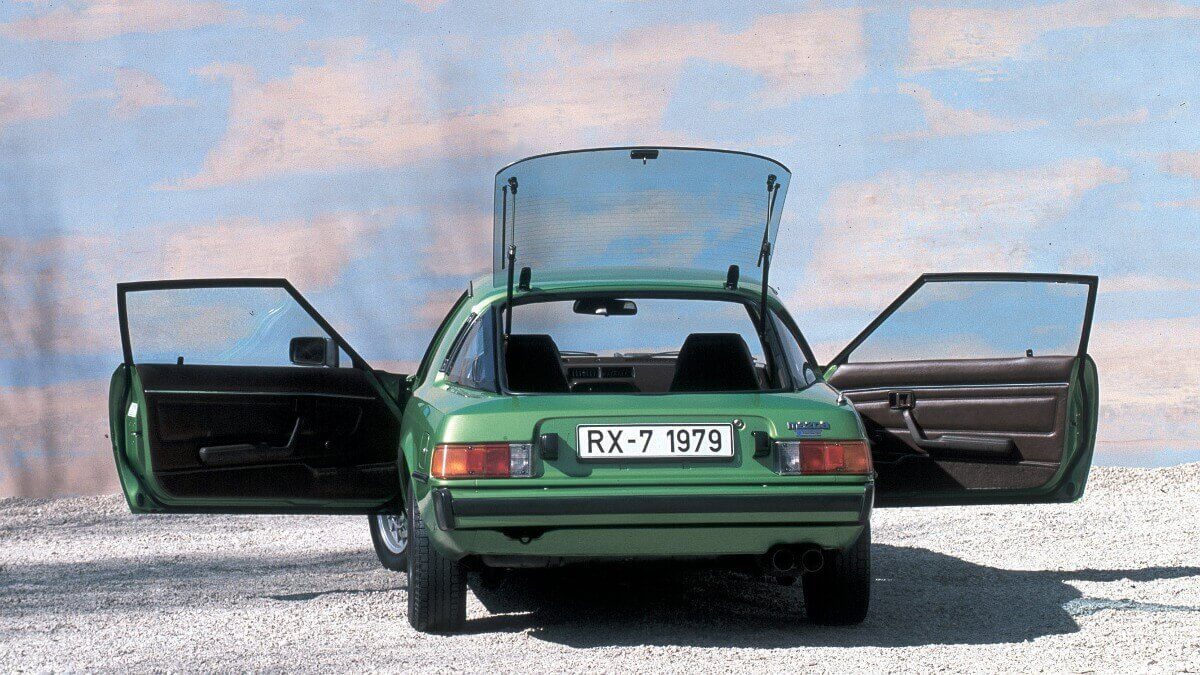



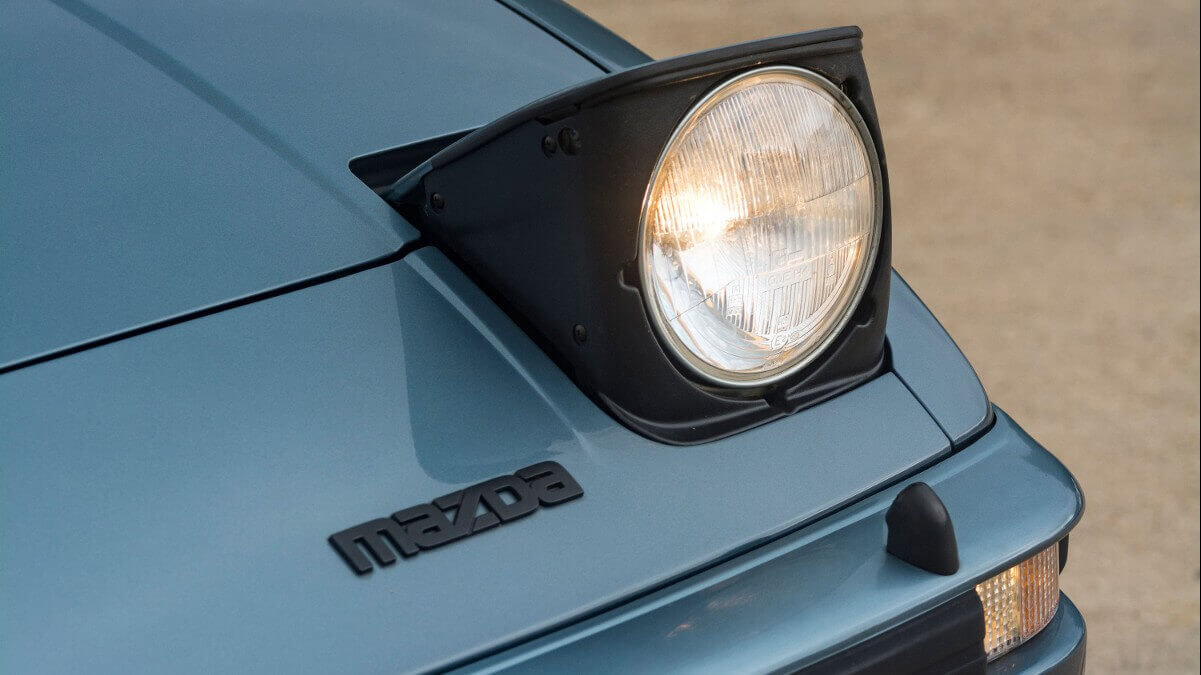



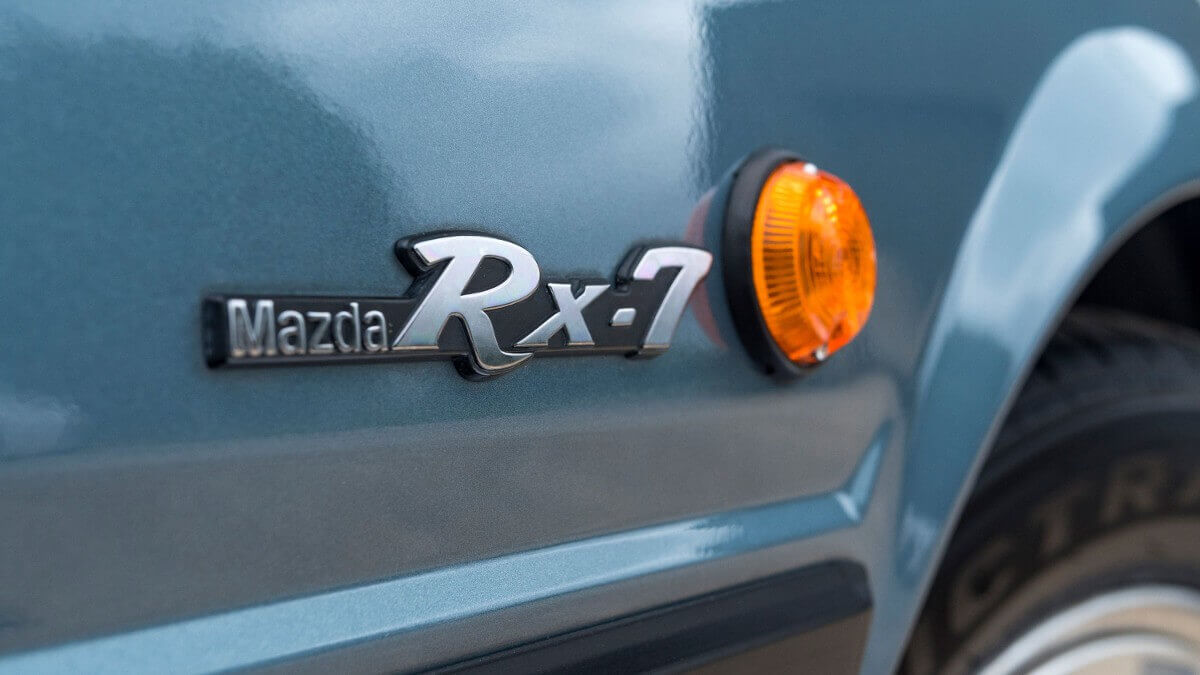



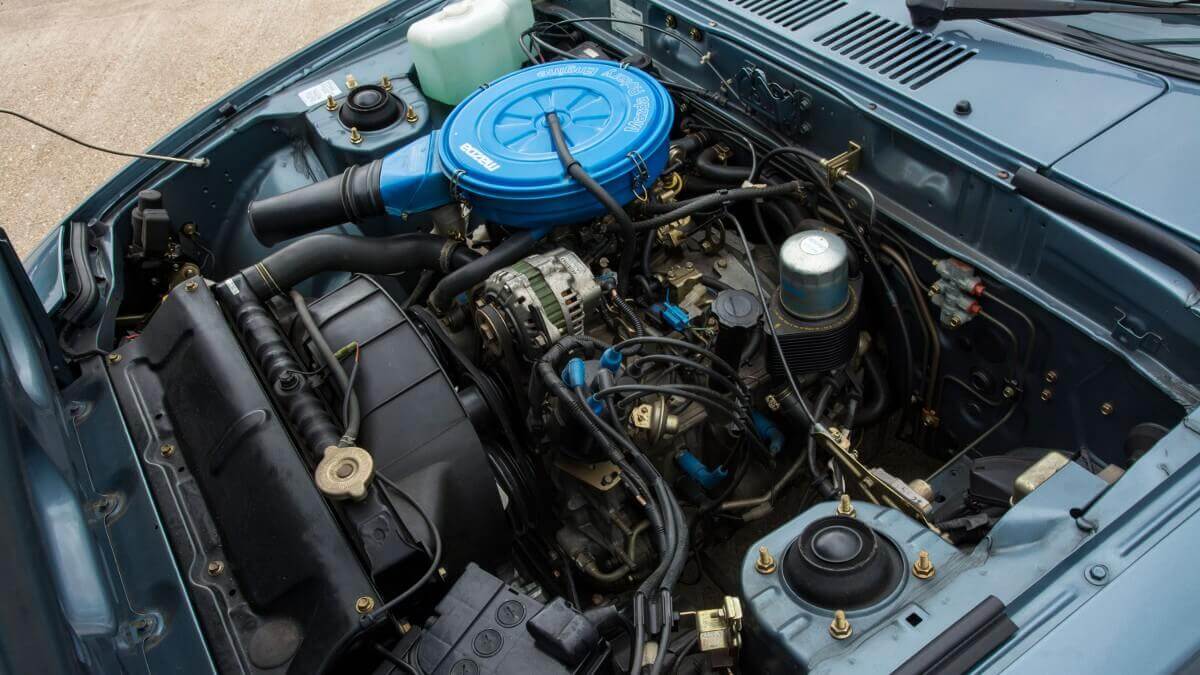



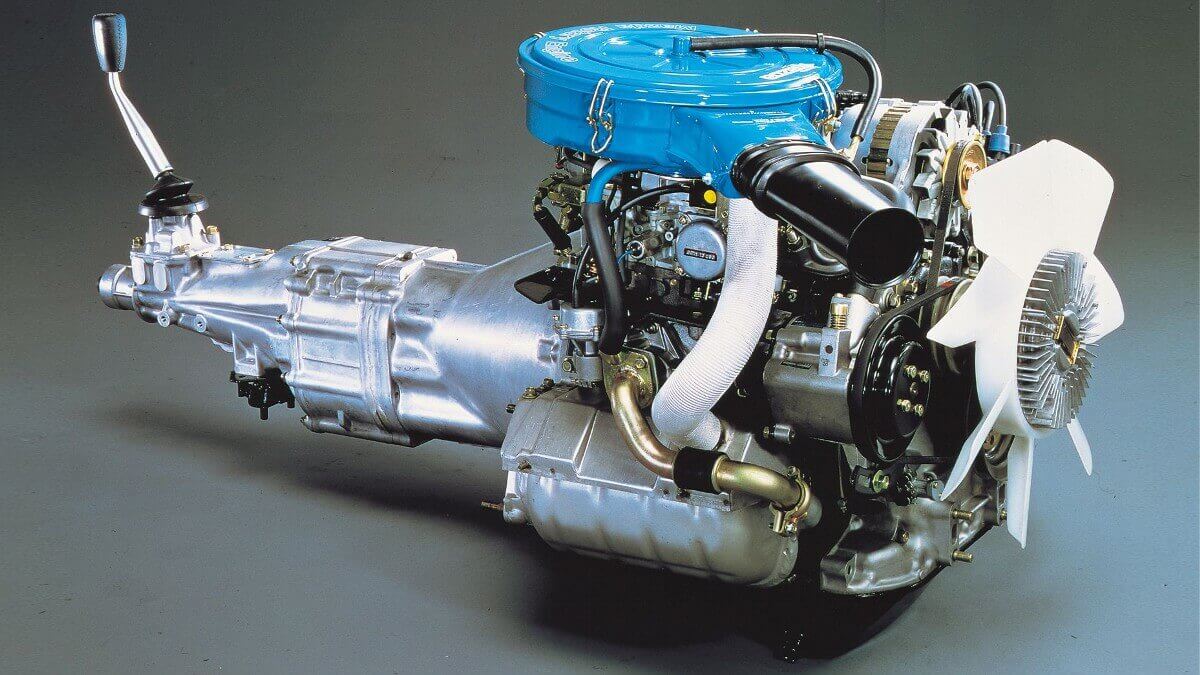



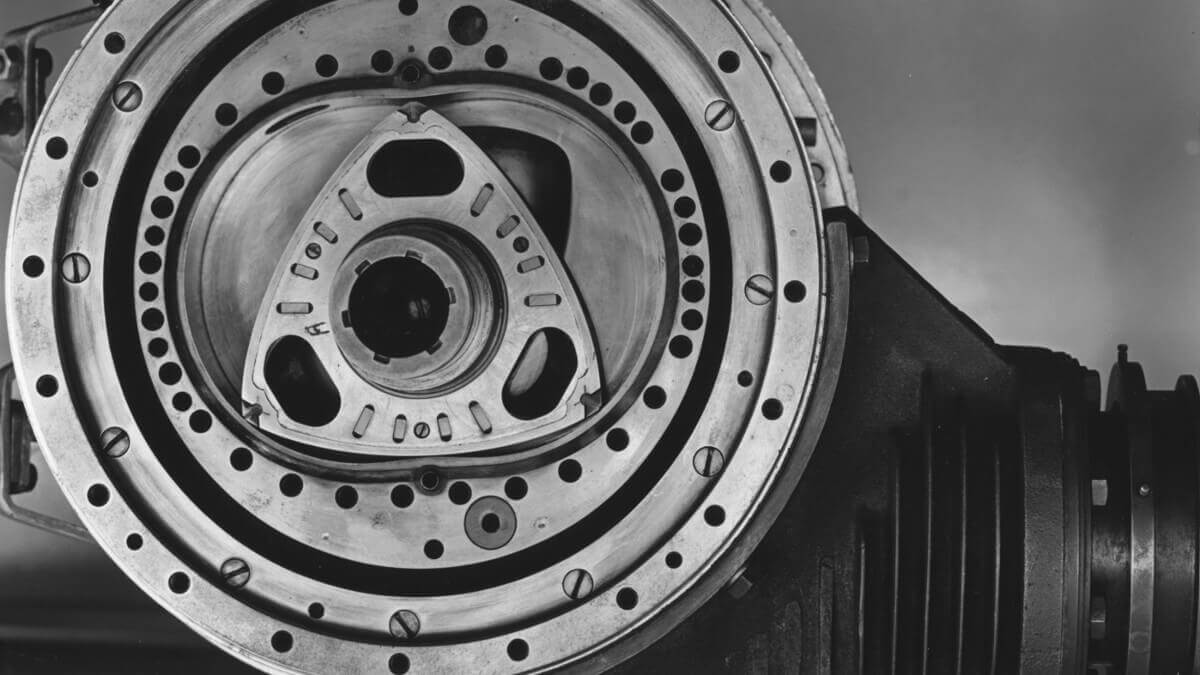



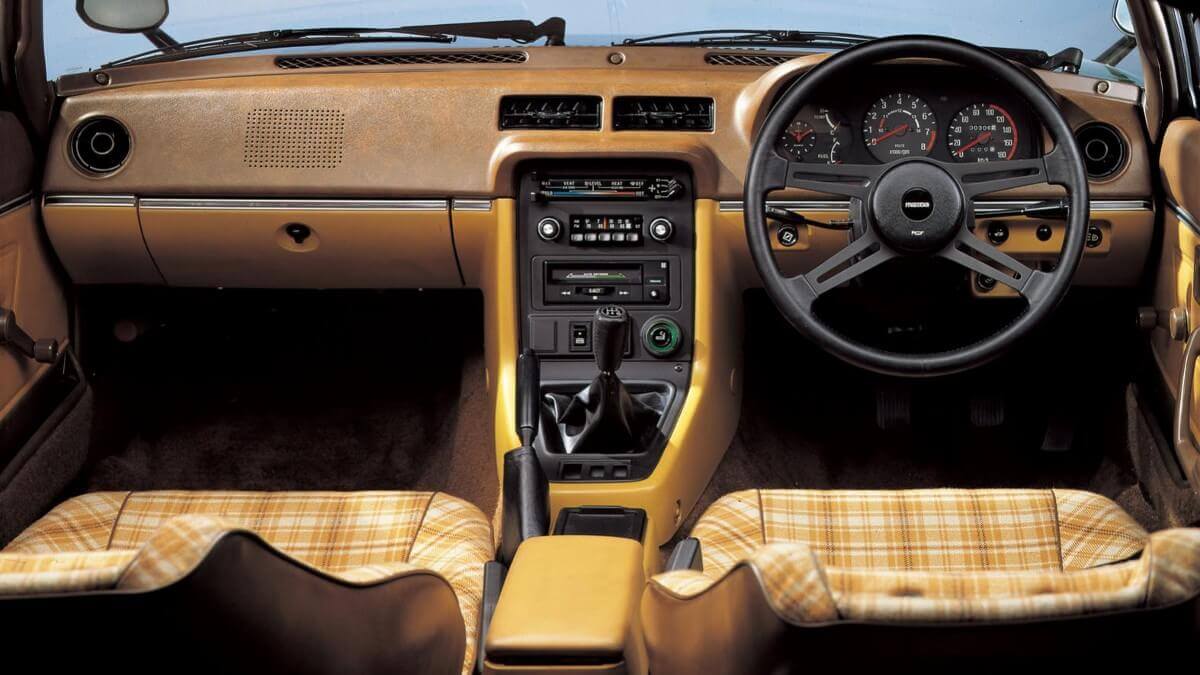



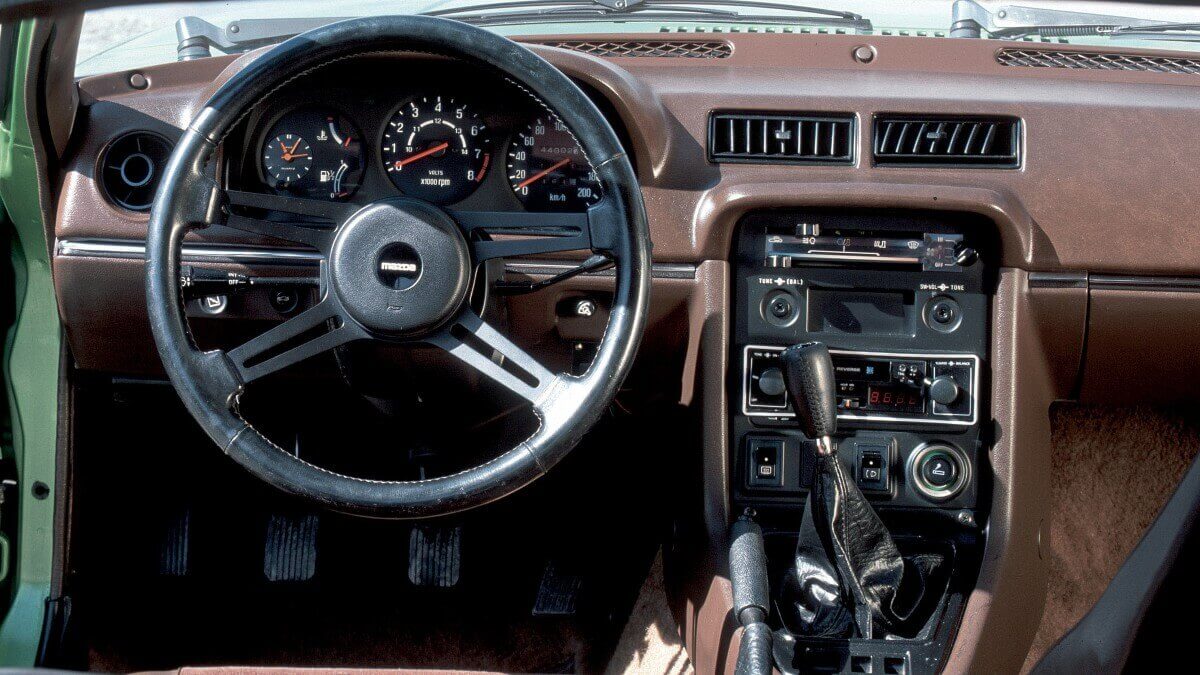



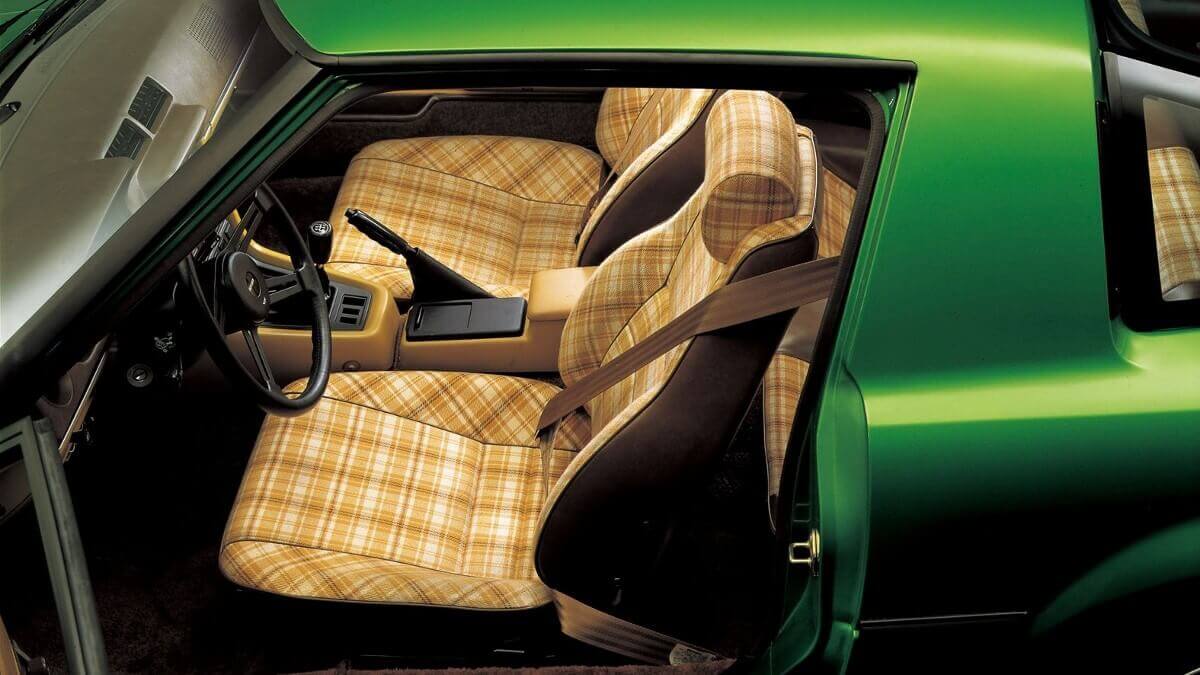



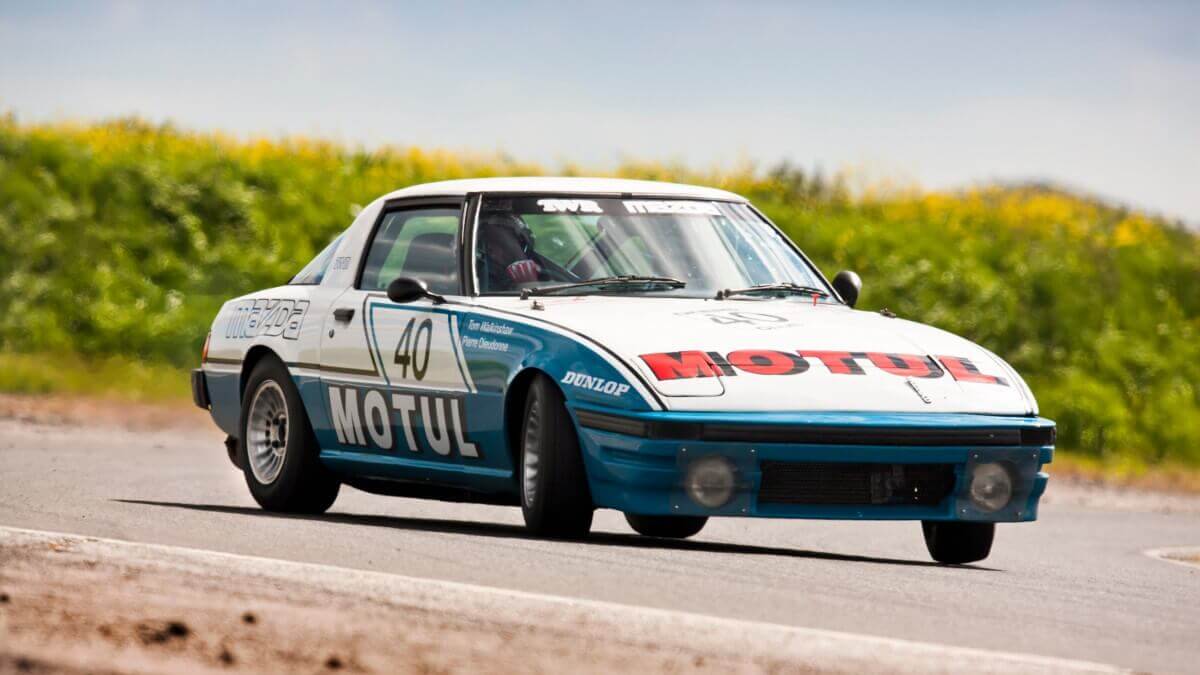



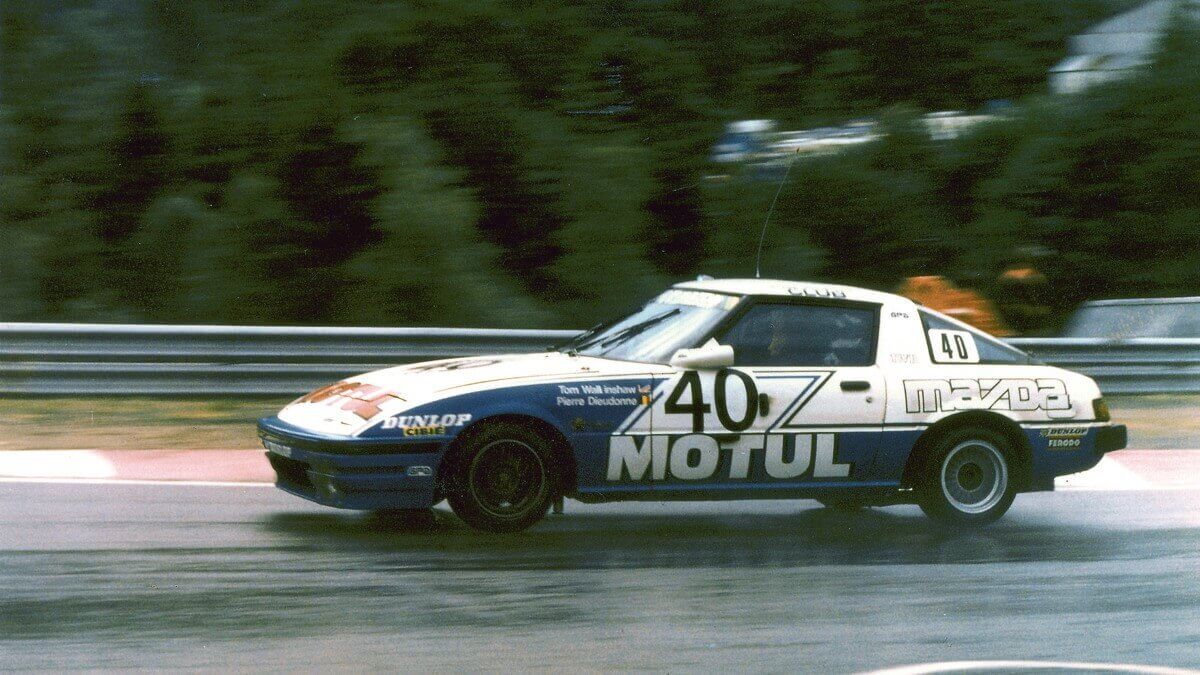



This grear sales success naturally led Mazda to tackle the development of a successor. The car debuted in 1985 and came to Europe in spring 1986 and is internally known as FC (in Japan FC3S). They followed the then current trend and let the car grow in all dimensions, made it more comfortable and also heavier by about 200 kilograms. At the same it received a new two-disc rotary engine with 150 PS and from 1987 on a turbocharged engine with 180 PS, in which the Mazda engineers already used the now popular twin-scroll turbochargers.
In 1988 the naturally aspirated engine was discontinued in Europe but Mazda at the same time debuted a novelty and unique feature within the RX-7 history: a Convertible version with only two seats. Up to today it is only the second Convertible with a rotary engine next to the NSU Wankel-Spider and the last produced one so far. The following year a small facelift including a power increase to 200 PS happened, whereby the Coupé reached 240 kph top speed while the Convertible was able to accelerate up to 230 kph. Compared to the predecessor a significantly more complex chassis with independent suspension all around and co-steering rear axle was used.
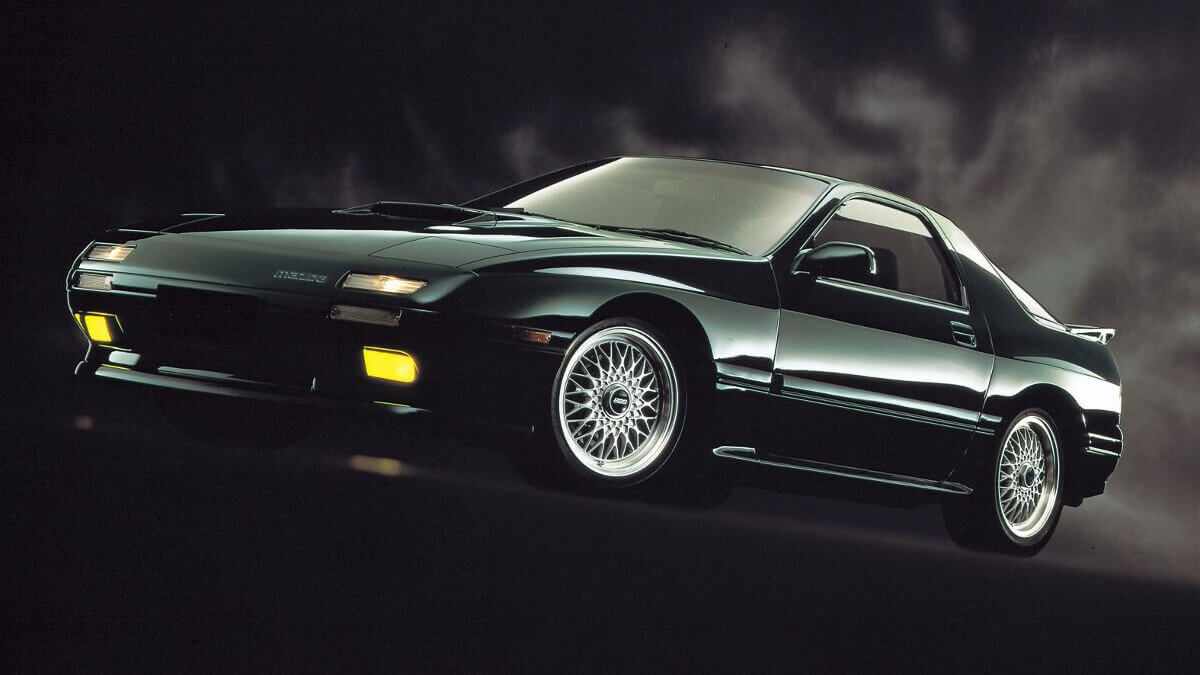



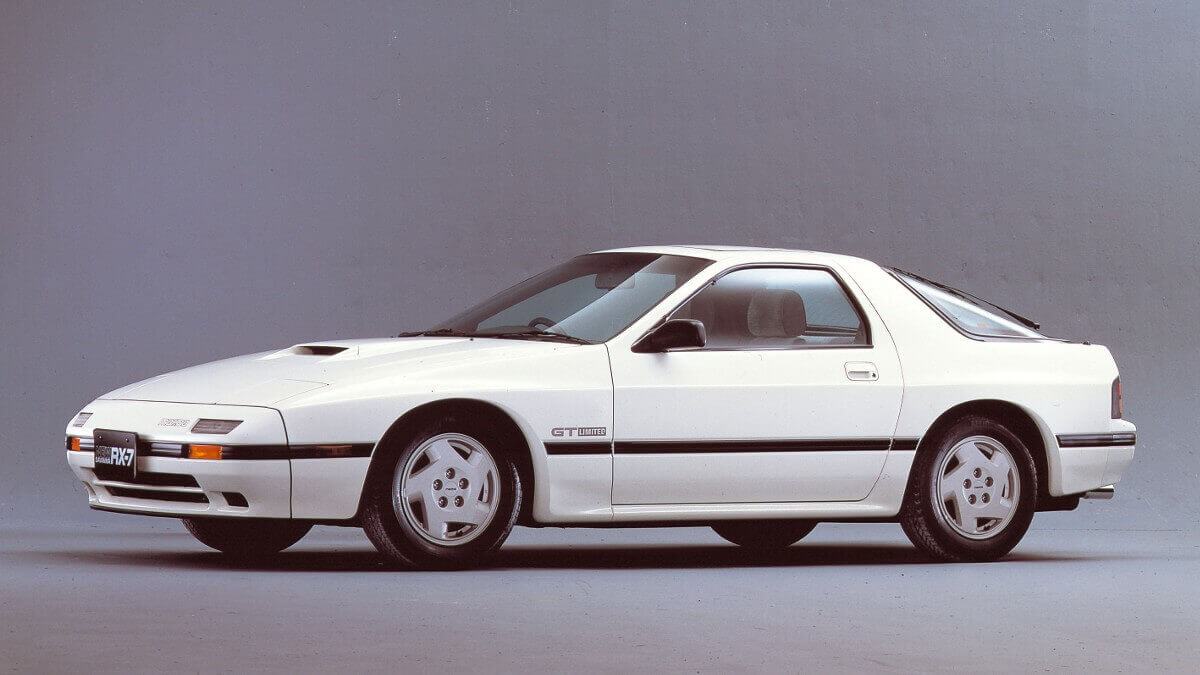



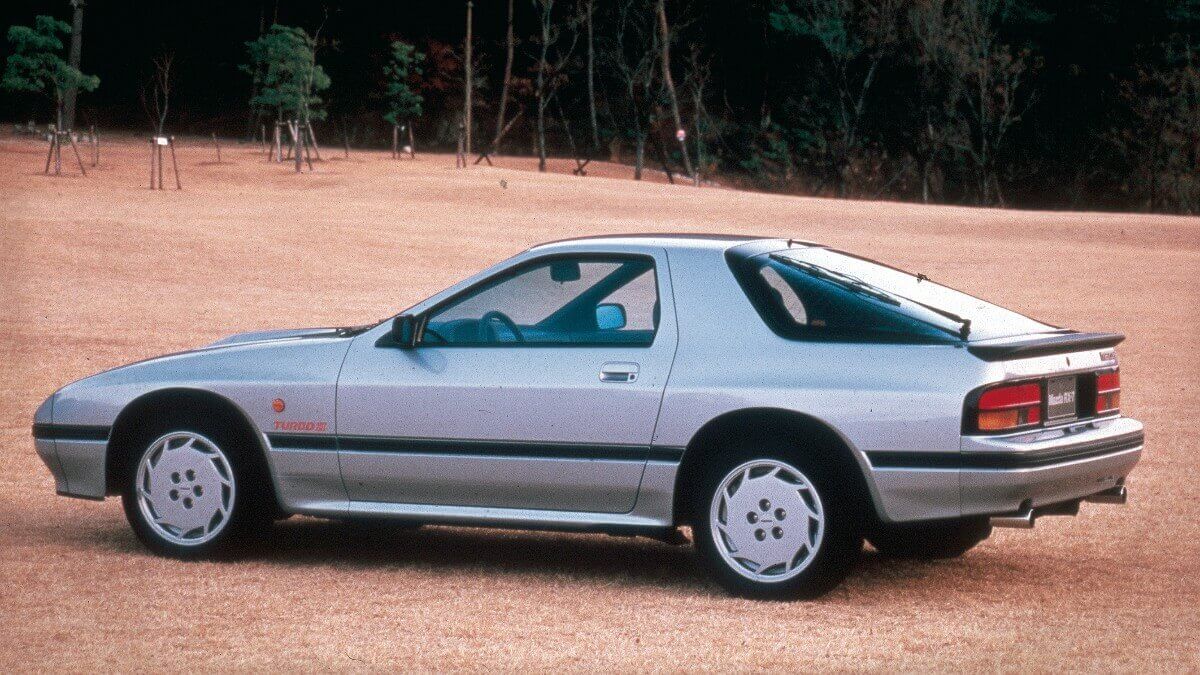



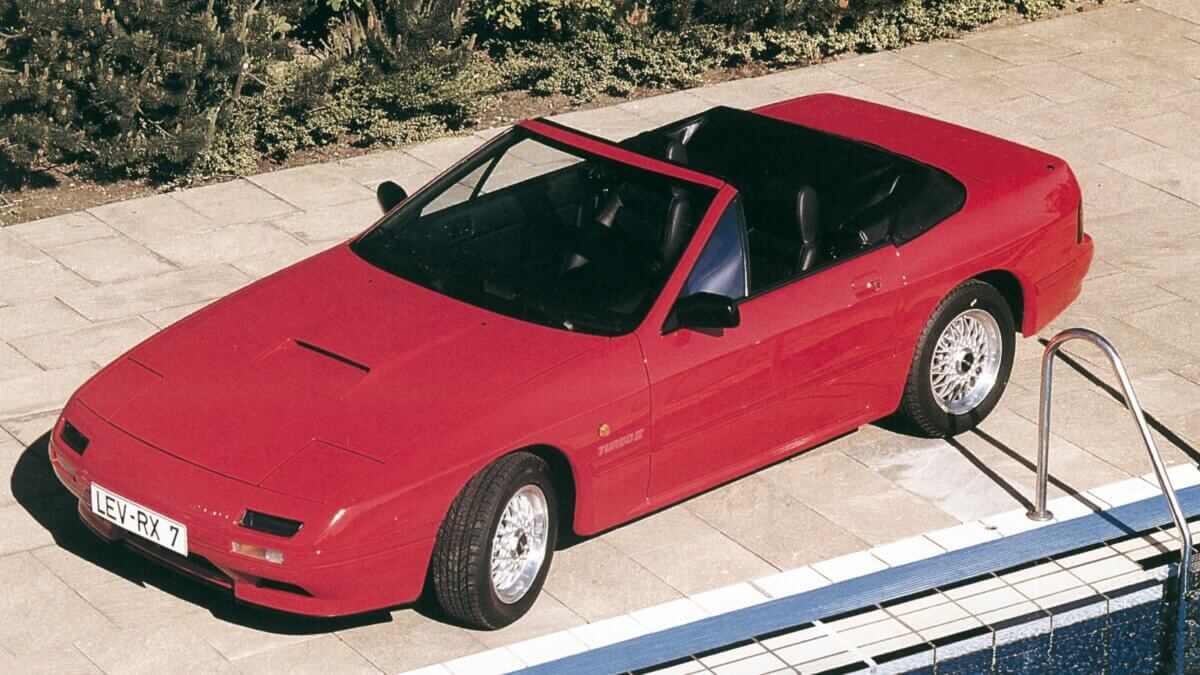



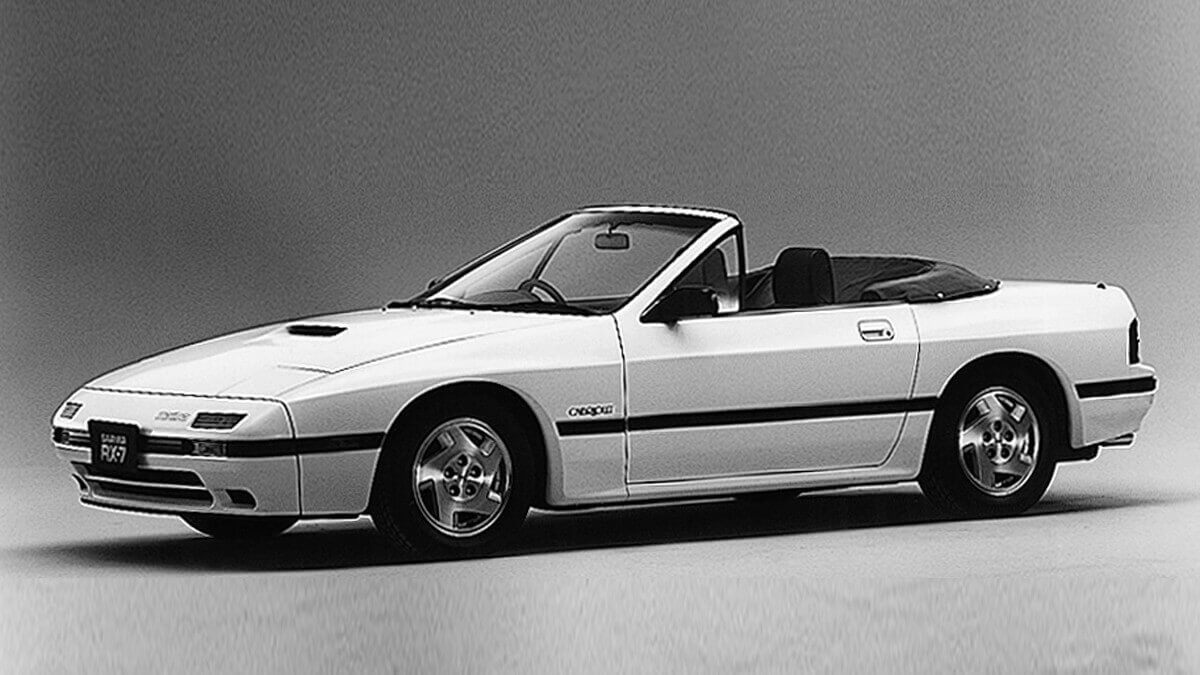



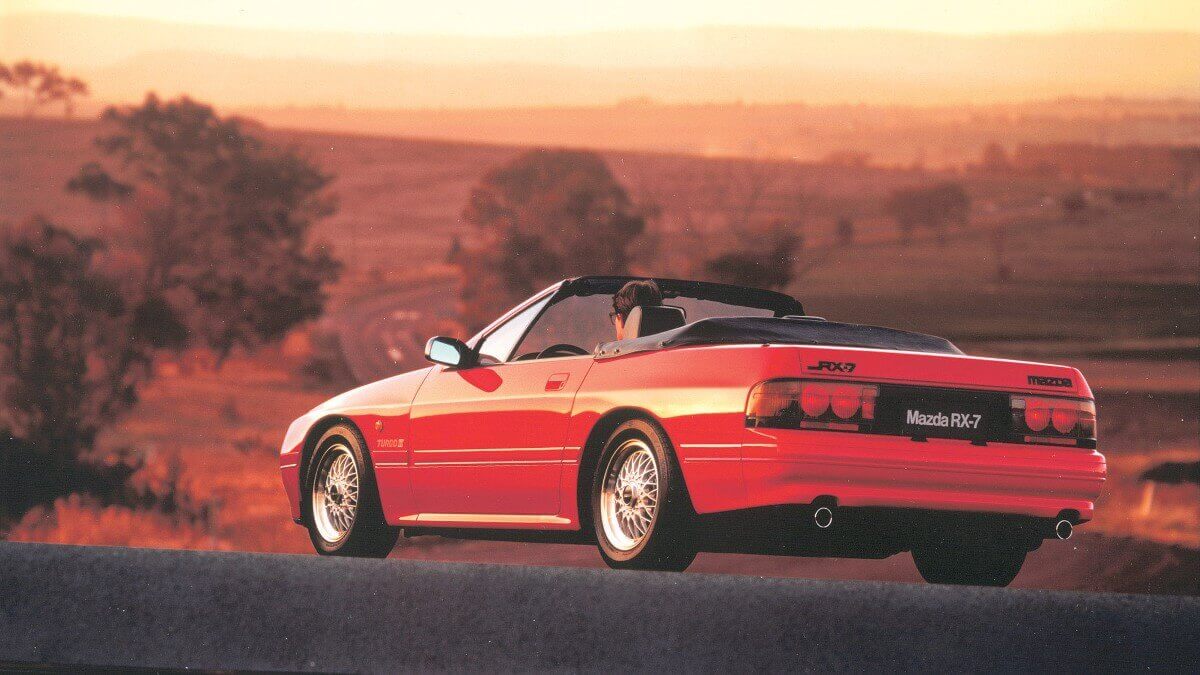



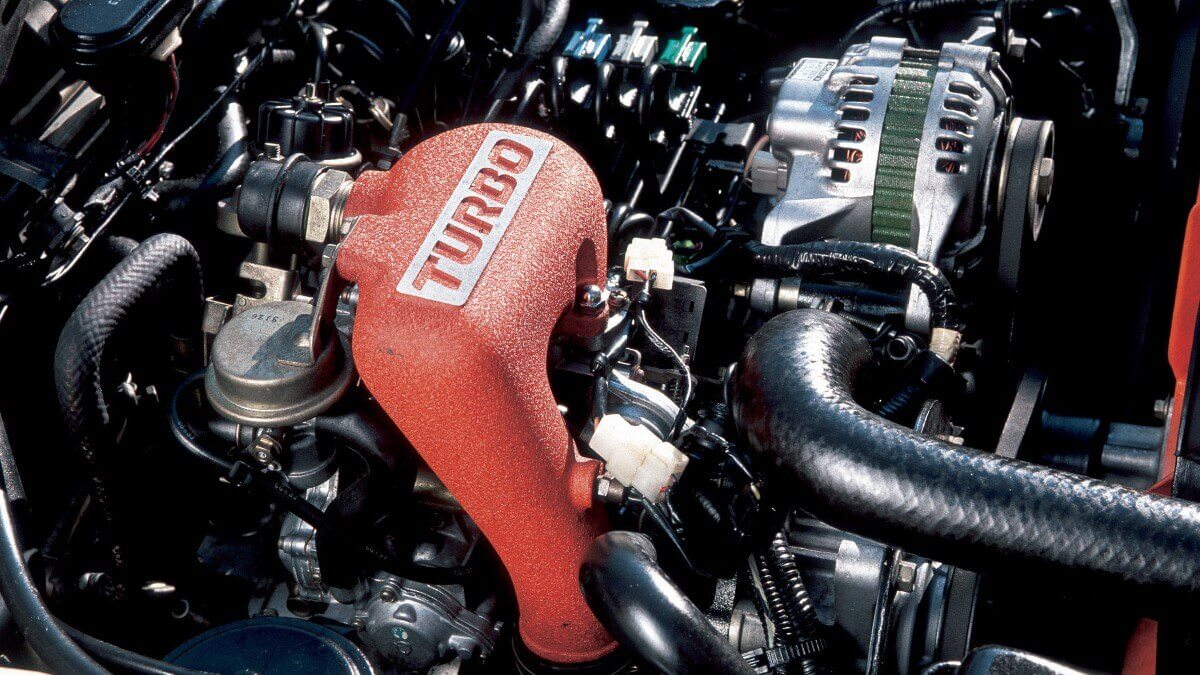



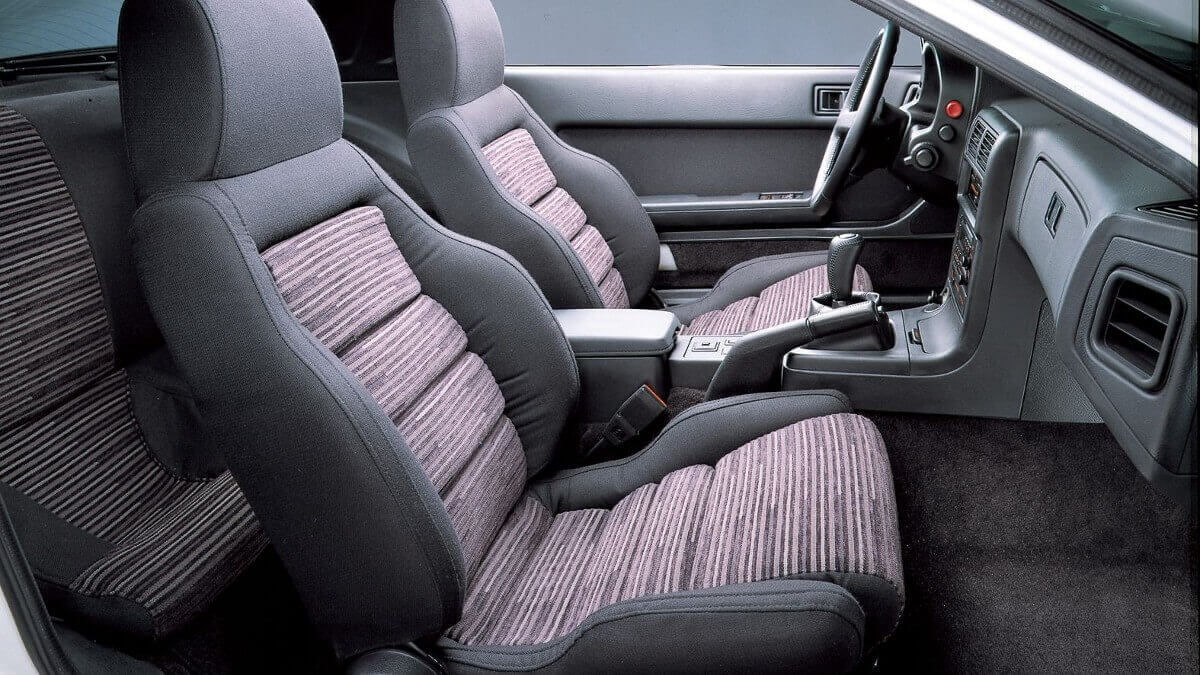



In fall 1991 the third RX-7, model code FD, rolled into the limelight and set the bar higher once again. Its turbocharged rotary engine now delivered 239 PS and 294 newtonmeters of torque, which made it the hitherto most powerful car with Wankel technology. At the same time the base price in Germany hit 85,000 DM in spring 1992 when the sports car arrived at the European market. A lot of money for a non-European car, a price range previously unknown for Japanese cars. Too much for the average buyer, which was a fact also recognized at about the same time by Mitsubishi with the 3000 GT, Nissan with the 300ZX and Toyota with the last-generation Supra. In mid-1996 new emission regulations meant that the RX-7 was no longer eligible in Europe.
What sounds a bit like the end of the story was just an episode. In Japan the sports car remained in the model range until 2002. There it also received an increase of its power output up to 280 PS and 314 newtonmeters while the bodywork received larger spoilers and larger alloy wheels. Especially the final special edition models are in great demand among brand fans today. Over all three model generations Mazda built 811,634 copies of the RX-7, far more than originally expected.
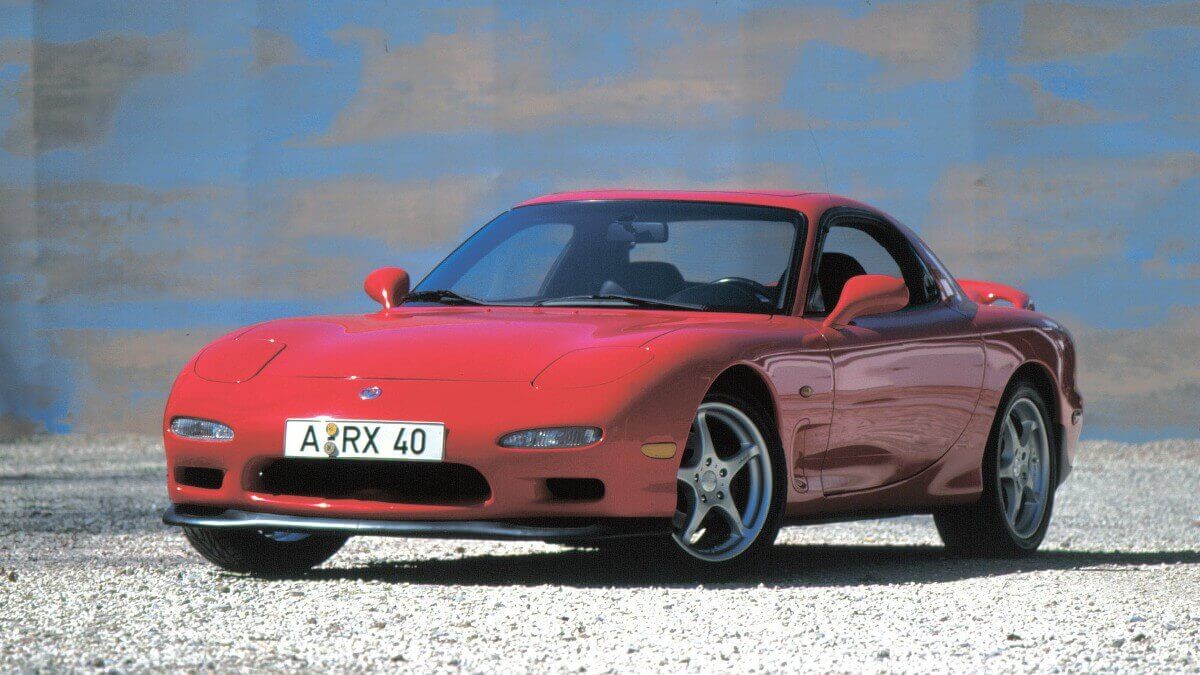



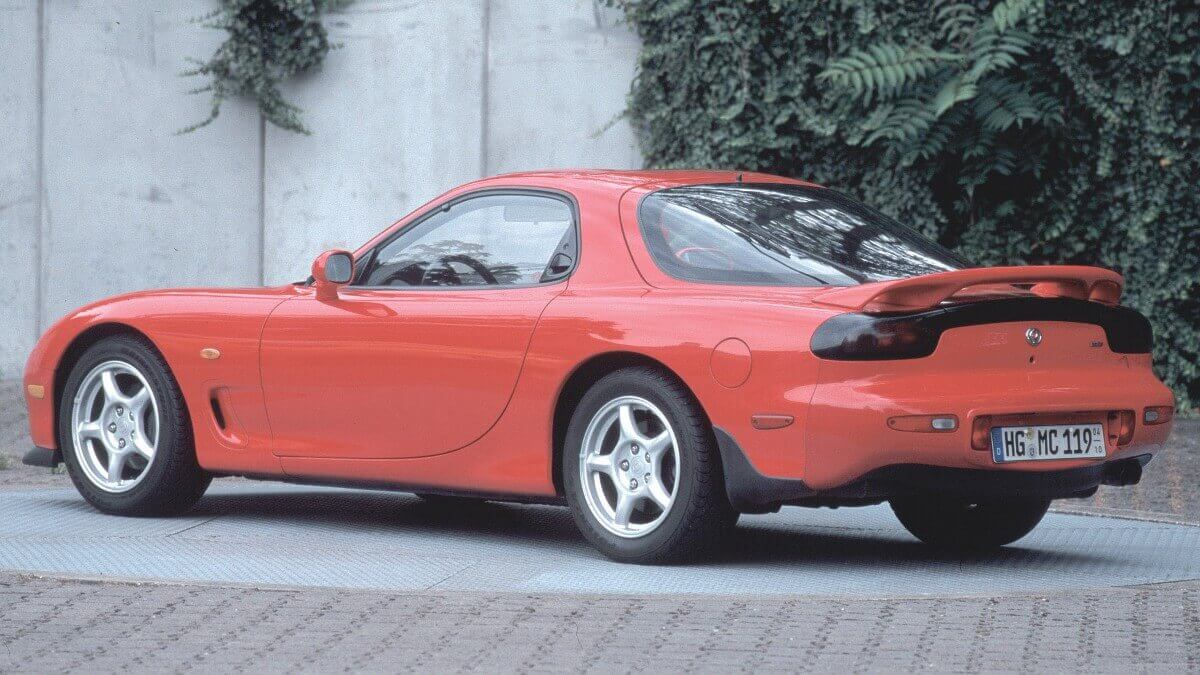



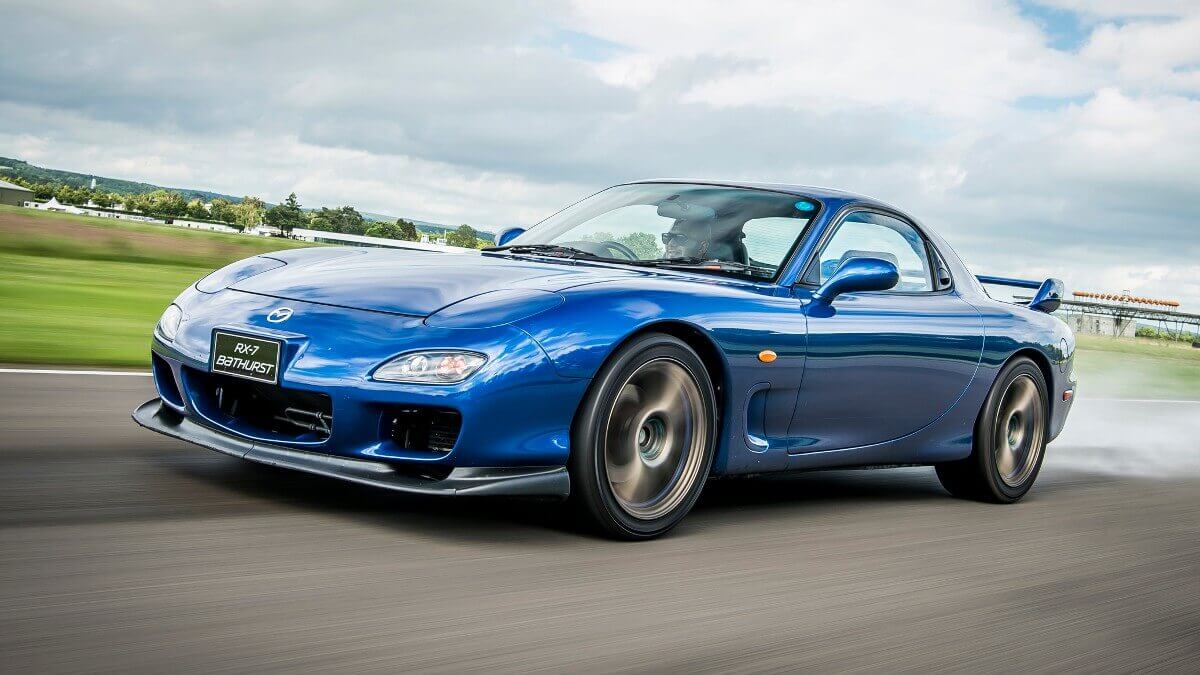



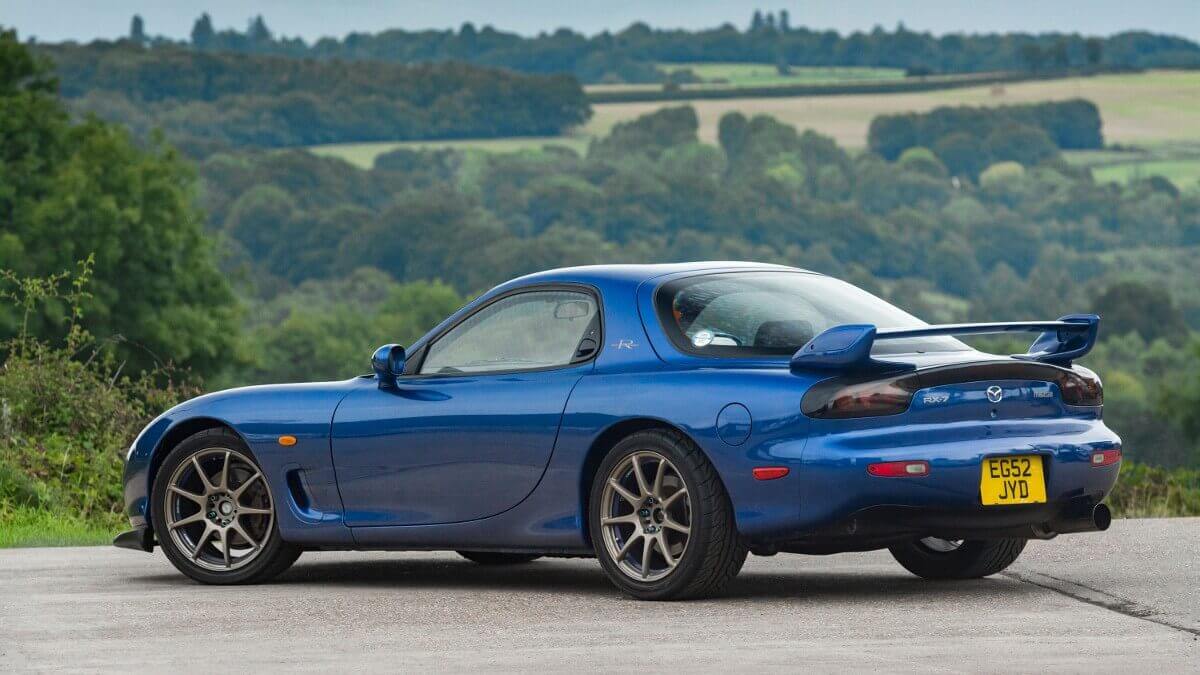



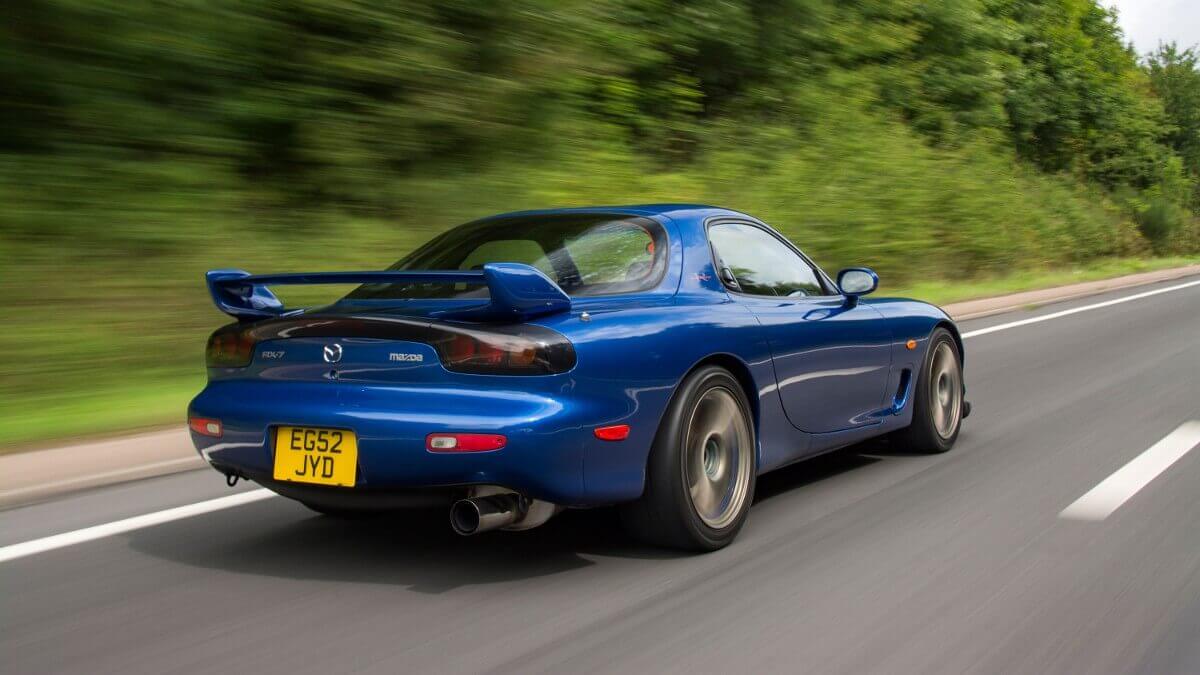



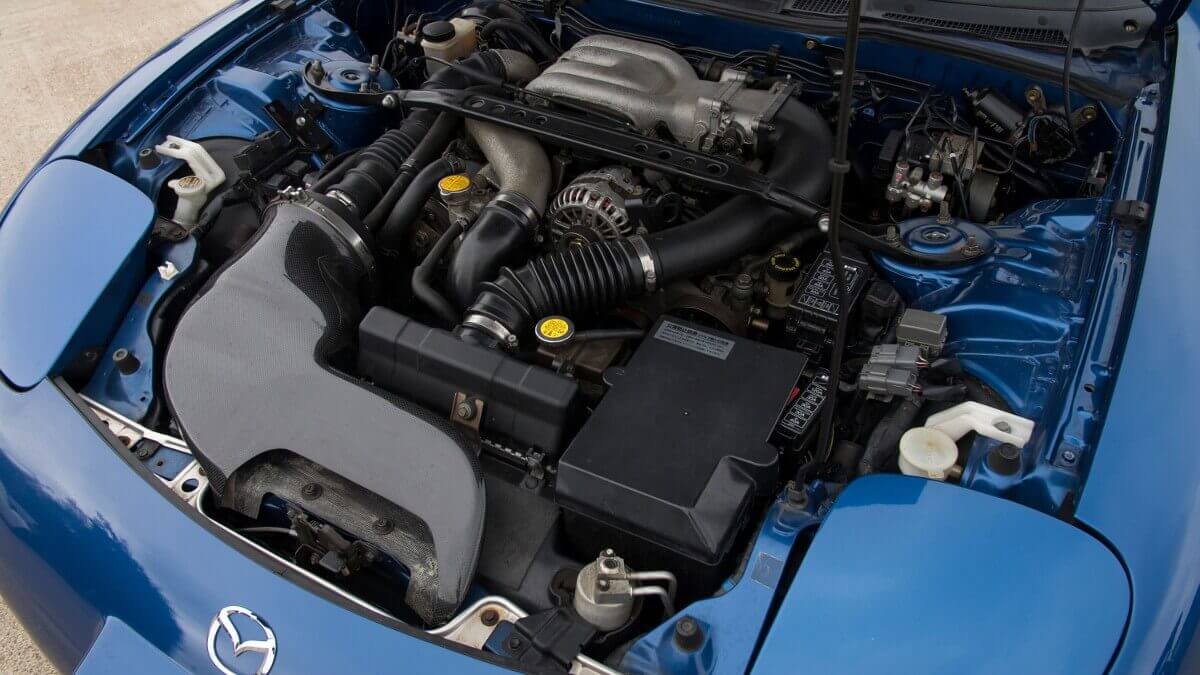



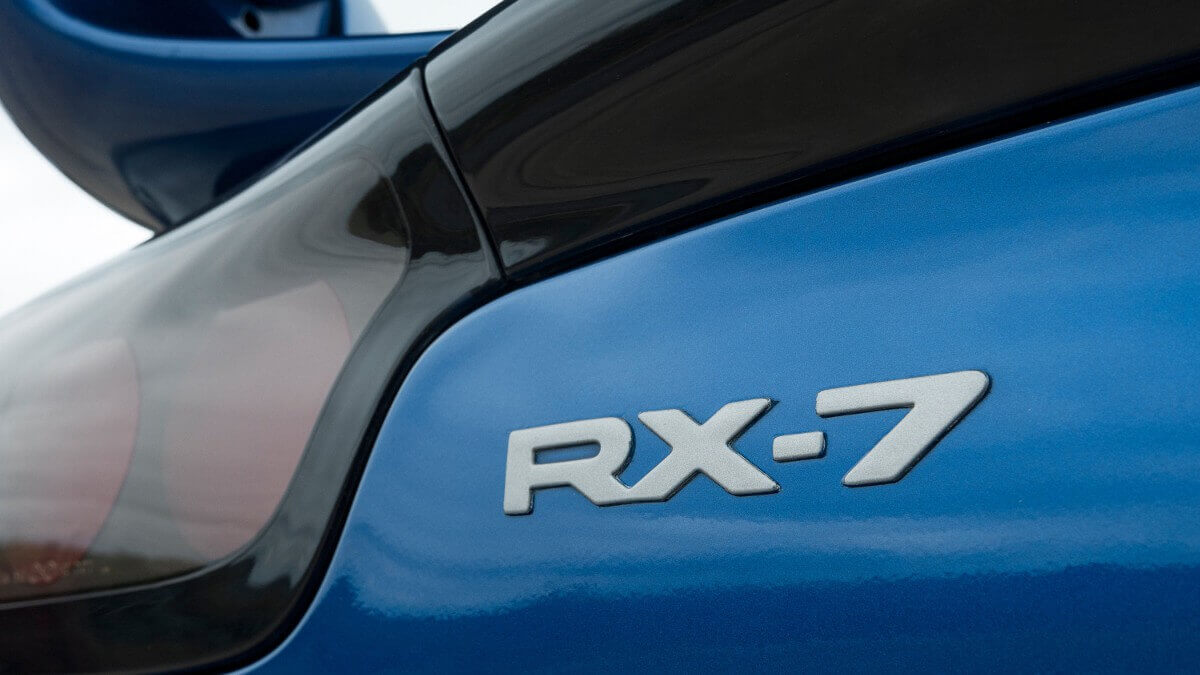



2003 Mazda showed the RX-8 as an indirect successor to the RX-7, but it never reached its popularity. Since 2012 the production of rotary powered automobiles has been suspended. Nevertheless Mazda still developes new rotary engines behind the scenes and researches the matter further. Meanwhile the patents of Felix Wankel have expired and can be approached by every manufacturer without legal issues. Only the naming rights for the ‘Wankelmotor’ went to the Volkswagen Group together with NSU, which is why Mazda used the term ‘rotary engine’.
Images: Mazda, Mazda UK




